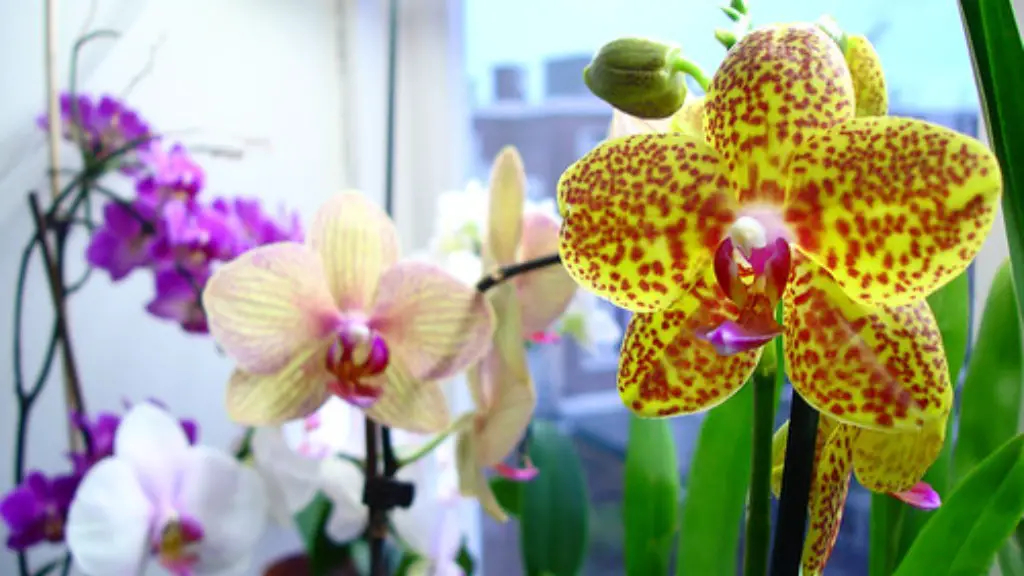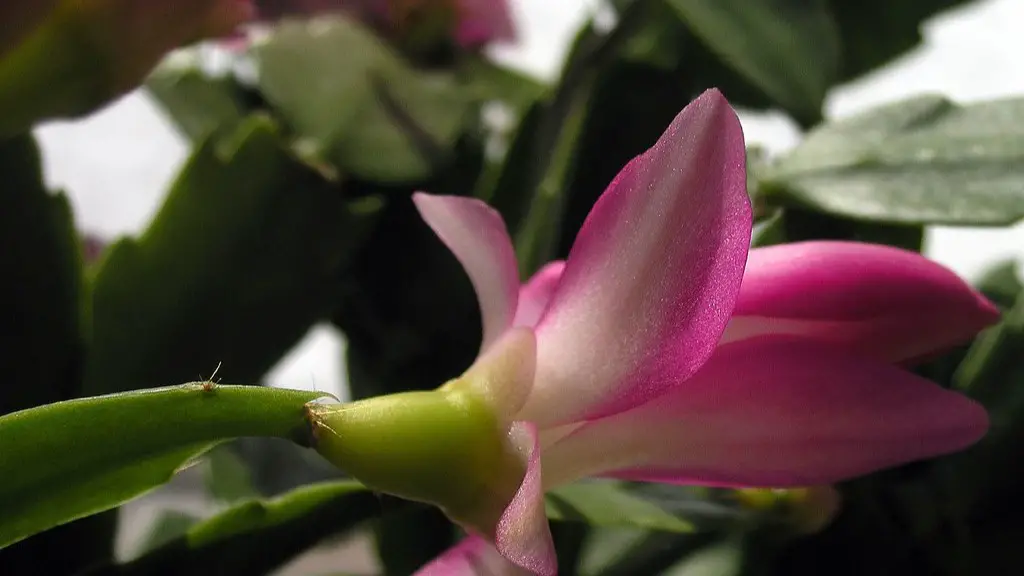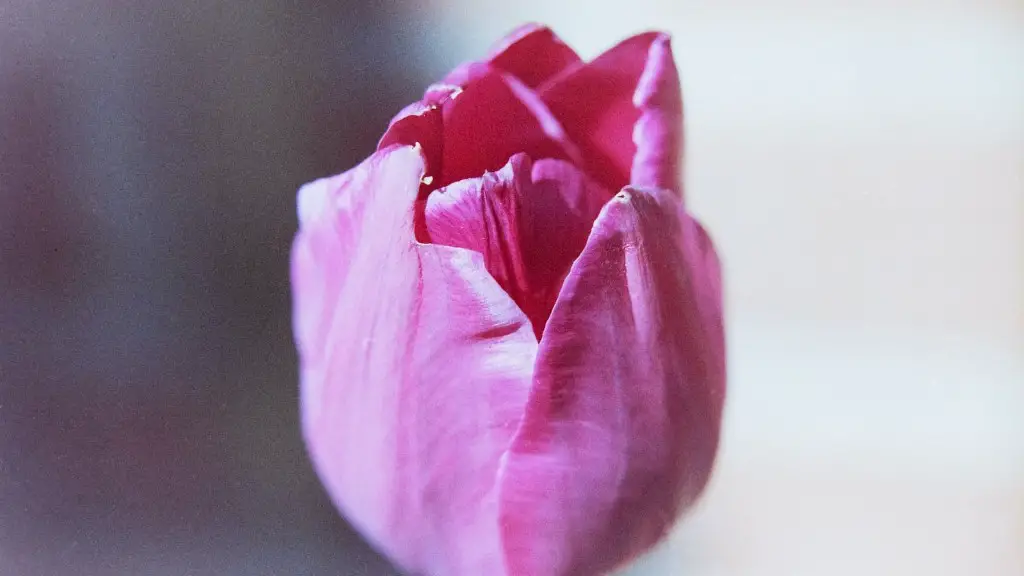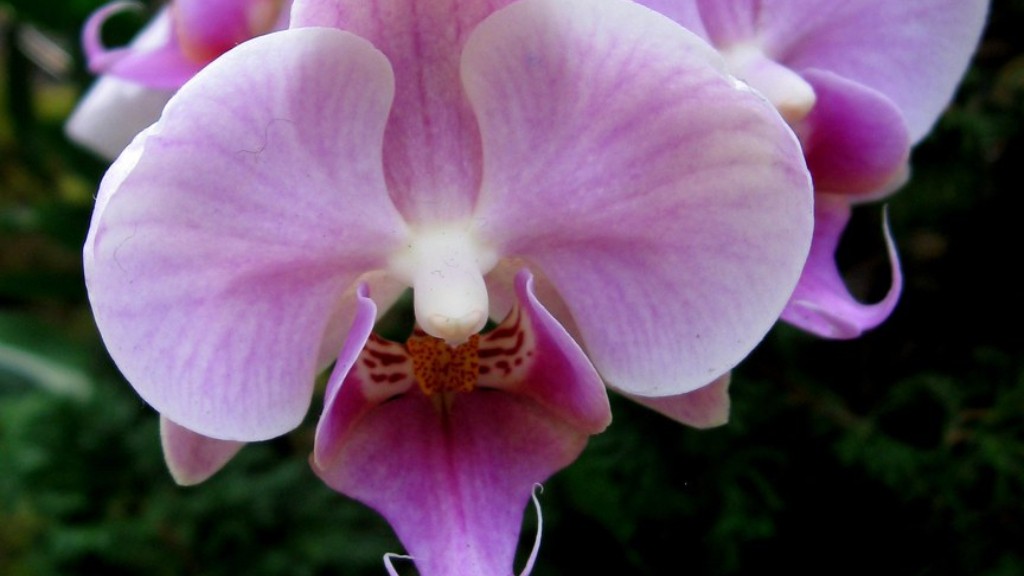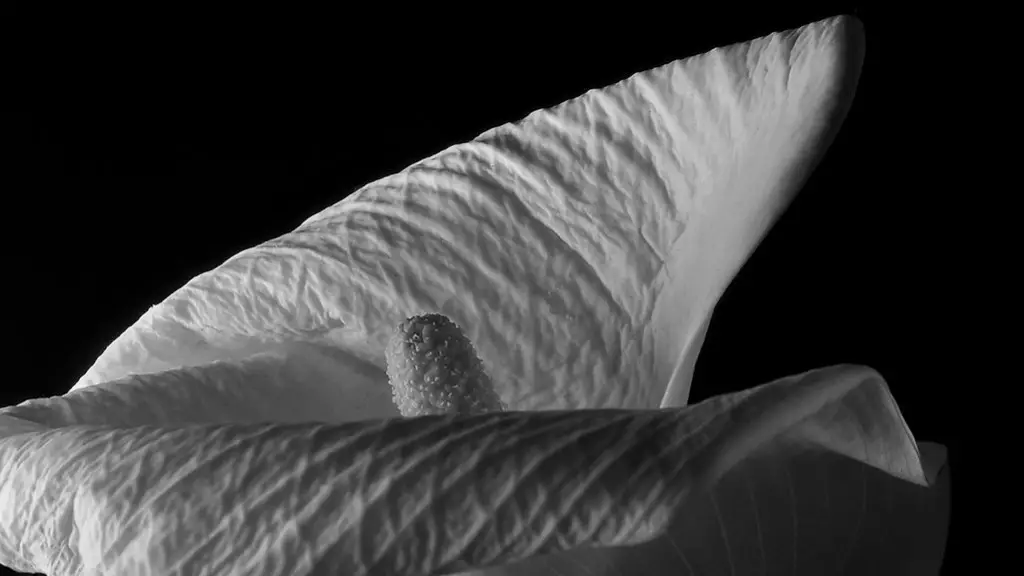In this article, we will go over the basic steps on how to take care of an Phalaenopsis orchid plant. These tips will help you keep your plant healthy and looking its best.
To care for your Phalaenopsis orchid, water it once a week, fertilize it monthly, and repot it every other year. Remember to always use room-temperature water, and to never let the plant sit in water. When fertilizer is needed, use a weak solution of all-purpose fertilizer. Be sure to follow the directions on the fertilizer package. As for repotting, always use a clean pot with fresh potting mix.
How often should I water my Phalaenopsis orchid?
If you have a phal orchid potted in bark, you should water it once a week. If your phal is potted in moss, water it when the top feels dry. The amount of light and heat your plant receives will also affect how soon your phal needs watering. Summer months will need more frequent watering, winter will need less.
If you want your orchid to rebloom, make sure it gets plenty of light. Place it in an area where it will receive bright, indirect sunlight. The more light it receives, the longer its blooms will last and the greater its chances of reblooming.
How do you care for an indoor potted orchid
Tropical plants, like Orchids, prefer warm temperatures between 60 and 80 degrees Fahrenheit. They also prefer high humidity, around 50% or above. Orchids can do well in moist places, like by a kitchen window. However, they should avoid drafts, cold spaces, and rooms with sudden temperature drops.
If you want your orchid to thrive, follow these five care tips: water weekly, fertilize, give it plenty of indirect light, move it to a cooler room, and give it some life. By following these simple tips, you’ll have a healthy and beautiful orchid in no time!
Should I mist my Phalaenopsis orchid?
Orchids love humid conditions because they’re a tropical plant. The easiest way to recreate their humid home is by misting them with a spray bottle.
Orchids thrive in humid conditions, so placing them on top of a pebble tray with water can help to create the perfect environment for them. The water will evaporate and increase the humidity around the plant, which will help it to thrive.
What triggers flowering in Phalaenopsis?
Phalaenopsis species are native to tropical areas and do not require a specific photoperiod to flower. Instead, it is the low temperature that triggers phalaenopsis to begin the flowering process.
Phalaenopsis orchids are one of the most popular types of orchids, and are known for their long-lasting blooms. These beautiful flowers can make great houseplants, and with proper care, can last for 10 to 15 years. To keep your Phalaenopsis orchid healthy and blooming for years to come, provide it with enough light, water, and fertilizer, and be sure to repot it every few years. With a little TLC, your Phalaenopsis orchid will bring you enjoyment for many years to come.
What triggers an orchid to bloom
Orchids are a popular choice for many gardeners, but they can be tricky to get to bloom. While there are many factors that can trigger blooming in orchids, none of these will be successful unless your orchids have been grown with adequate light. Orchids need high light levels to bloom, and without enough light, they will simply not bloom. If you are having trouble getting your orchids to bloom, make sure they are getting enough light.
When you see your orchid’s roots pushing up against the sides of the pot or hanging out in the air, it’s time to re-pot. This will give the plant the space it needs to continue growing. Choose a pot that is only slightly larger than the current one and add fresh, well-draining potting mix. Be careful not to damage the roots as you transfer the plant to its new pot.
Where is the best place to keep an orchid indoors?
If you’re looking for the ideal spot to grow orchids, your best bet is a south or east-facing window. West-facing windows tend to be too hot, while north-facing windows are too dark. If you can’t find a good location to grow your orchids, placing them under artificial lights is your last resort.
To water your orchid, simply soak the plant in a bowl of water once every week or two. When the moss dries out, it’s time to water again. Unlike most houseplants, you don’t need to keep orchid moss evenly moist; if it stays too moist, the orchid can rot.
How long does it take for a Phalaenopsis orchid to rebloom
The phalaenopsis orchid is a long-blooming plant, with flowers lasting several months. During this time, the plant can be pollinated again, resulting in a new bloom cycle. It usually takes 9-14 months for an orchid to complete a full life cycle. If properly cared for, an phalaenopsis orchid can re-bloom every 8-12 months.
If your orchid has an unhealthy, brown spike, cut it all the way back to the base of the plant. If your orchid has a double-spike, cut one spike at the base of the plant and cut the other spike 1 inch above the node under the lowest flower bloom.
Can an orchid come back after losing all leaves?
Orchids are beautiful flowers that can grow back not just once, but for a lifetime, as long as you provide them with proper plant care. They can rebloom on the same old flower spike as long as it is still green. You can also decide to cut the old bare flower spike back to a node to promote bushy and lush foliage. By following these simple tips, you can enjoy these stunning flowers for years to come!
The crown is the center of the orchid, and the places in between the leaves and the stem are dry. The orchid needs to be watered regularly to prevent the crown from drying out.
How long should I soak my Phalaenopsis orchid
To ensure your orchid is getting the right amount of water, soak it for about 10 minutes to saturate the roots. Allow the water to drain out completely; orchids like a good soak but don’t tolerate sitting in water. Uneven watering will result in shallow or uneven root growth. After you have watered your orchid, feel the weight of the container; it will be heavy.
If your orchid’s leaves are turning yellow, it is most likely due to overwatering. Orchids are very sensitive to too much water and overwatering can lead to root rot, which is a serious problem that can kill your orchid. To avoid overwatering, water your orchid only when the potting mix is dry to the touch.
Conclusion
Water your orchid about once a week, or when the potting mix is dry to the touch. Be sure to use room-temperature water and pour it directly onto the potting mix. Avoid getting water on the orchid’s leaves, as this can cause them to rot.
Place your orchid in an east- or north-facing window. Orchids need bright, indirect light to bloom.
Remove spent flowers from your orchid as they begin to wilt. This will encourage the plant to produce new flowers.
Fertilize your orchid every other week with a balanced fertilizer designed for orchids. Be sure to follow the instructions on the fertilizer package.
You may need to repot your orchid every one to two years. When repotting, be sure to use a pot that is only slightly larger than the current one. Orchids do not like to be rootbound.
The Phalaenopsis orchid is a beautiful, easy-to-care-for plant that can bloom for months at a time. These tips will help you keep your Phalaenopsis healthy and blooming:
• water your orchid weekly, or when the potting mix is dry to the touch;
• fertilize regularly with a balanced fertilizer formulated for orchids;
• provide bright, indirect light;
• protect your orchid from drafts; and
• practice proper humidity and air circulation.
With a little care, your Phalaenopsis orchid will reward you with beautiful blooms for months to come!
